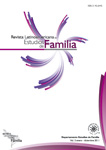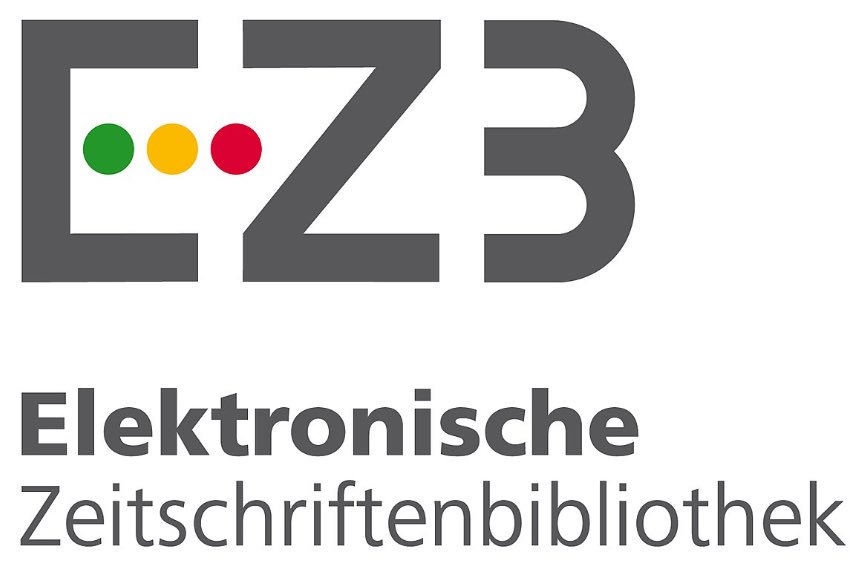Authors
Abstract
Abstract: Transnational families originating from Mexico State and with final employment place in the United States, have ventured in the appropriation and use of new technologies of information and communication (NTIC) to enhance their complex intra and extra familiar relationships in their environments of origin and destination.
This intense two-way relationship of migrant families, which share two cultures and recreate two national identities, are mediated by the use of the NICTs, virtual exchanges that make up new cultural traits that cover different areas of family life, starting with the technological learning, which induces the establishment of virtual
and real relationships that affect the organization and family at the time, and in transnational space. This type of transnational families, we have called them “virtual migrant families”, because of the intensity with they use cyberspace, family relationships established by the netizens, and the construction and deconstruction that their members make migration occur in different territorial areas. These features present in globalization, are likely to be studied from the perspective of the cybersocioanthropology. From this, this text presents the theoretical and conceptual elaborations, working together with the method of virtual ethnography, were used
for the knowledge of the trans-cultural dynamics of transnational migrant families that have appropriating technology for use in virtual environments.
References
Arteaga, José Manuel. 2010. México es número uno en migración. Diario El Universal en línea, 14 de noviembre, http://www.eluniversal.com.mx (Recuperado el 14 de noviembre de 2010).
Bryceson, Deborah y Ulla Vuorela. 2001 2002.. The Transnational Family: New European Frontiers and Global Networks. Oxford: Oxford University Press.
Castells, Manuel. 2004. La era de la información: Economía, sociedad y cultura. México: Siglo XXI.
García, José Luis. 1976. Antropología del territorio. Madrid: Taller de Ediciones JB.
Guerra, Ernesto y Erasmo Miranda Bojórquez. 2010. Apropiación de las NTIC por los indígenas yoremes-mayo. En Migrantes e indígenas: acceso a la información en comunidades virtuales interculturales, coords. Eduardo Andrés Sandoval Forero y Ernesto Guerra. España: Eumed, Universidad de Málaga.
Hine, Christine. 2004. Etnografía virtual. Barcelona: Editorial UOC.
Luna Hernández, Jesús René. 2008. El análisis reticular de las metáforas sobre tecnociencia e inmigrantes: Una propuesta teórico-metodológica. Revista Athenea Digital 13: 317-324.
Mayans i Planells, Joan. 2002. Nuevas Tecnologías, Viejas Etnografías. Objeto y método de la antropología del ciberespacio. Revista Quaderns de l´ICA 17-18: 79-97, http://www.cibersociedad.net/archivo/articulo.php?art=23 (Recuperado el 7 de enero de 2010).
Moraes Mena, Natalia. 2005. Internet y ciberespacio en el estudio de comunidades diaspóricas: análisis de una experiencia. Comunicación presentada en el Simposio Antropología de los Media del X Congreso de Antropología, Federación de Asociaciones de Antropología del Estado Español, septiembre de 2005,
Sevilla, España, http://www.cibersociedad.net/archivo/articulo.php?art=208 (Recuperado el 6 de enero de 2010).
Mostacero, Rudy. 2004. “Oralidad, escritura y escrituralidad”. En revista Sapiens, junio año/vol. 5, número 001. Venezuela, Universidad Pedagógica Experimental Libertador. Pp. 53-75.
Ramos Pioquinto Donato. 2008. “Migración rural-urbana y redes sociales. El caso de la Sierra Norte de Oaxaca”. En revista El Cotidiano, marzo-abril año/vol 23, número 148. México, Universidad Autónoma Metropolitana. Pp. 95-104.
Rogers, Everett M. 2003. Diffusion of innovations. New York: Free Press.
Ruiz Torres, Miguel Ángel. 2004. Ciberetnografía: comunidad y territorio en el entorno virtual. En La mediación tecnológica en la práctica etnográfica, coords. Elisenda Ardèvol, Adolfo Estalella y DanielDomínguez, 117-132, http://hedatuz.euskomedia.org/5225/1/05117132.pdf (Recuperado el 6 de enero de 2010).

 PDF (Español)
PDF (Español)
 FLIP
FLIP




















